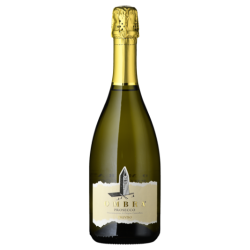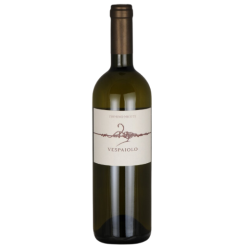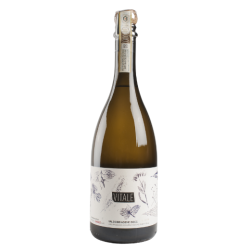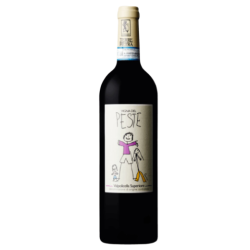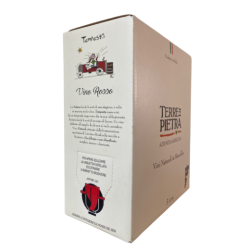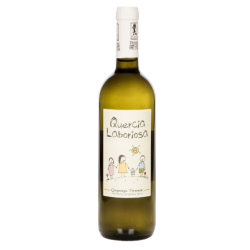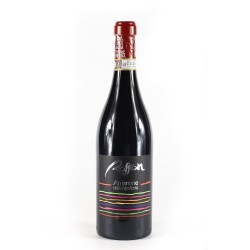Veneto

Veneto, with its 75,000 hectares of vineyards, is one of the largest wine-producing regions in Italy. Several appellations are known beyond the Alps: Prosecco, Amarone, Recioto, Soave, etc.
Archaeological finds attest to the presence of the vine long before our era: the populations then fed on indigenous varieties of grapes. However, the first testimonies of oenological practices date back to the 7th century BC, attributed to the Etruscan-Rhaetian civilizations.
But as often in the Peninsula, it is under Roman domination that viticulture flourishes, with ancient writers leaving us the most important written traces. For example, we know that the Romans were particularly fond of Acinatico, a sweet wine produced in Veneto and considered the true ancestor of Recioto di Soave. The barbarian invasions following the Roman era severely damaged the Venetian vineyard, and it was not until 643 AD and the edict of the Lombard King Rothari that the vines were finally protected from destruction.
A unique feature in the Middle Ages in the Peninsula: a new impetus is given to viticulture under the influence of the commercial power of Venice. In addition to exporting wines produced in the region, Venetian merchants import wines and new varieties of grapes, mainly from Greece and Cyprus. This is the case, for example, with Malvasia, which was then spread to Friuli and Dalmatia. The master glassmakers of Murano also play a fundamental role. Indeed, the beauty of their precious containers, glasses, and bottles quickly becomes synonymous with quality wine, so these objects end up replacing ceramics. The decline of the power of the Republic of Venice, around 1550, halts the importation of wines, which allows the development of local products, particularly in the areas of Treviso, Vicenza, and the Valpolicella.
After a long unfavorable period due to weather and epidemics (plague, etc.), the qualitative renewal of Veneto viticulture began with the founding, in 1987, of the prestigious School of Oenology of Conegliano.
In addition to having a wide range of native grape varieties, Veneto is characterized by the diversity of its territories, giving rise to a very different range of wines, whether light like Bardolino or full-bodied like Amarone. Stretching from the Austrian border in the north to the confines of Emilia Romagna in the south, Veneto consists of 14% hills, 26% mountains, and 60% plains; a fragmentation of the territory allowing for large thermal variations between winter and summer. Veneto also includes Lake Garda and its temperate microclimate, which allows for olive cultivation.
The most renowned production areas are Valpolicella, Soave, Breganze, Colli Euganei, and the Conegliano-Valdobbiadene area.

